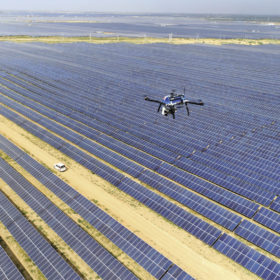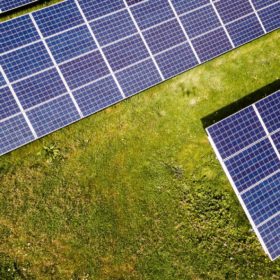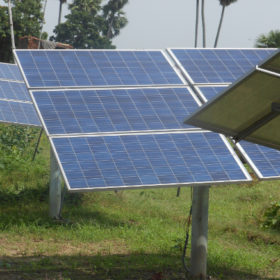Catalyzing energy transition in rural MSMEs through rooftop solar
Solutions for catalyzing rooftop solar in the rural commercial and industrial market have to be looked at in terms of geographic clusters. This allows for the aggregation of demand, making it easy to run awareness campaigns in a targeted manner.
Mobilizing green finance for Indian MSMEs
In the absence of immediate viable financial solutions, MEMEs (micro, small and medium enterprises) need government intervention to get sustainable debt at a reasonable rate. A way forward could be a green finance platform for MSMEs.
Hydrogen, carbon prices and electricity markets
The hydrogen economy, particularly green hydrogen, has a long growth path ahead.
Tipping point for African C&I solar
With installers who cater to African businesses making the headlines this year, Jasper Graf von Hardenberg – whose C&I solar business was recently bought by Shell – explains here how the story of the continent’s commercial and industrial (C&I) solar segment was far from an overnight success.
Addressing challenging terrains; optimizing production
Faced with undulating terrains, solar PV companies are leveraging modern technologies to achieve terrain flexibility across challenging sites to deliver unmatched efficiency improvement and bring production gains to solar projects.
Automating maintenance for solar power plants
Robotics is evolving to ease the maintenance of solar power plants. From drones combined with thermal imaging to the robotic cleaning crew for large-scale solar PV plants, automation and robotics are constantly evolving for the cleaning and maintenance of PV plants.
Challenges to utility-scale solar in India
The growth of utility-scale solar PV in India is marred by several challenges such as availability of land, limited local manufacturing capacity, high transmission and distribution losses, grid integration, and other inefficiencies.
Streamlining EPC functioning with SaaS
With software-as-a-service (SaaS) solutions, EPC users can manage different silos as per the solar project requirements. The software ensures that the silos are integrated and accessible during all phases of the EPC to maintain transparency.
Solar power plants with smart batteries: It’s just a matter of time
At the end of 2021, the total capacity of the solar power plants throughout the world was estimated to be 940 GW. According to the forecasts of solar association SolarPower Europe, the total capacity could reach 2 TW by 2025. With the rapidly growing popularity of solar power plants, experts predict that the next breakthrough in this sector will be smart batteries. In the future, solar power plants will not be able to operate without them.
Flasher for a solar PV lab
Sun simulator is considered to be the heart of a testing or a calibration lab used to test solar PV panels, indoor under controlled and repeatable conditions. There are various parameters to be considered while selecting one.















